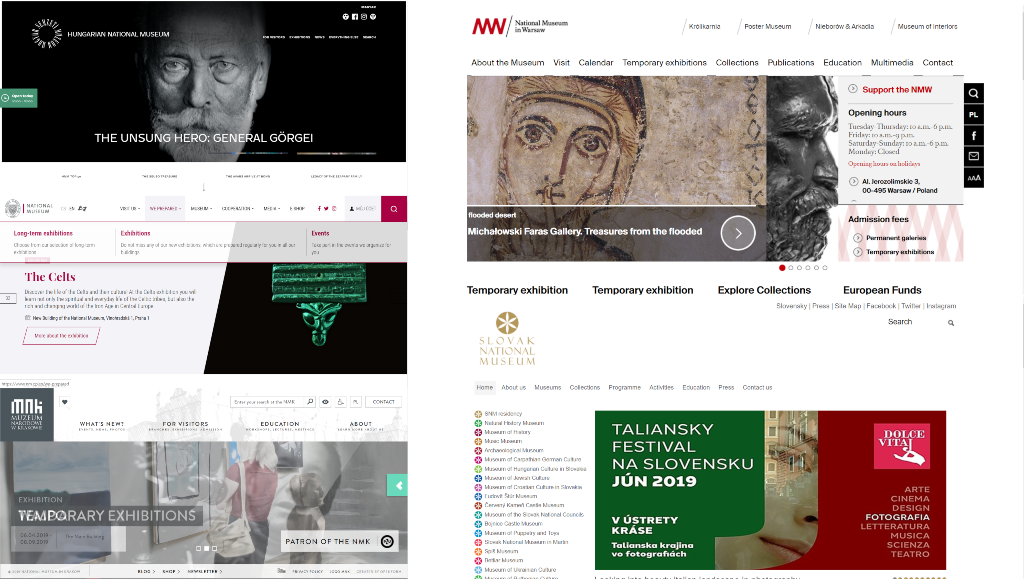
SEO Audit — 5 national museums in Central Europe: Poland, Czech Republic, Slovakia and Hungary
June 23, 2019 - All
SEO Audit — 5 national museums in Central Europe: Poland, Czech Republic, Slovakia and Hungary
In March 2019, I performed SEO audit of the websites of 5 national museums based in Central Europe: Poland, Czech Republic, Slovakia and Hungary. In my analysis, I looked into 5 categories: Search, HTML, Architecture, Content and Social Media. In this blog post, I present my results and suggest some recommendations aiming to improve both user experience and website SEO.
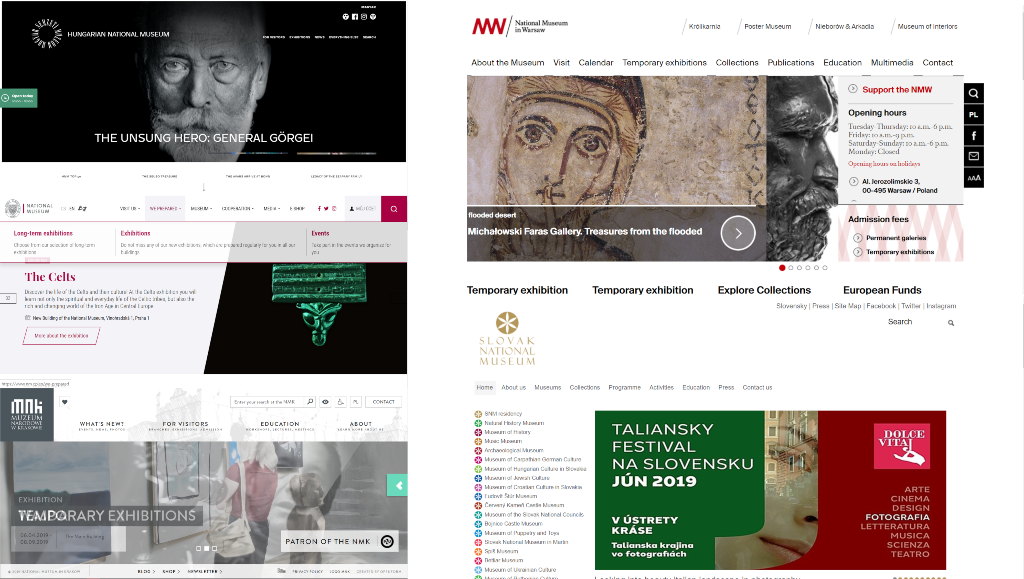
Area of focus
Poland, Czech Republic, Slovakia and Hungary share history, culture and are in a similar stage of economic development. Each of these countries has an amazing art collection and presents it to the public i.e. by the system of the national museums. It is very interesting to perform SEO audit of the websites of these museums and check if there are big differences between them. SEO is an acronym of Search engine optimization — “the process of increasing the quality and quantity of website traffic by increasing visibility of a website or a web page to users of a web search engine” (Wikipedia, 2019).
If you look at the title of this blog post, you can see, that I mention 5 national museums and I discuss only 4 countries: Poland, Czech Republic, Slovakia and Hungary. I have decided to make a slightly biased decision (I’m Polish!) and include 2 national museums from Poland: National Museum in Warsaw and National Museum in Kraków. I have motivated my decision with the fact, that Poland is the biggest country and it is really hard to exclude one of the museums — they are equally important. In my SEO audit, I have also analyzed the websites of:
· National Museum in the Czech Republic,
· Slovak National Museum and
Methodology
In my analysis, I used SEO spreadsheet prepared by Professor Elena Villaespesa — a simple, but really efficient spreadsheet divided into 5 main categories: Search, HTML, Architecture, Content and Social Media and several sub-categories. I have looked into the main category and sub-category using different tools: SEOMozBar Chrome extension and Google tools evaluating the page speed and mobile-friendliness of the website. Museum after museum, I have noted all the results in to already quite long spreadsheet and chosen the most significant ones to be described in detail.
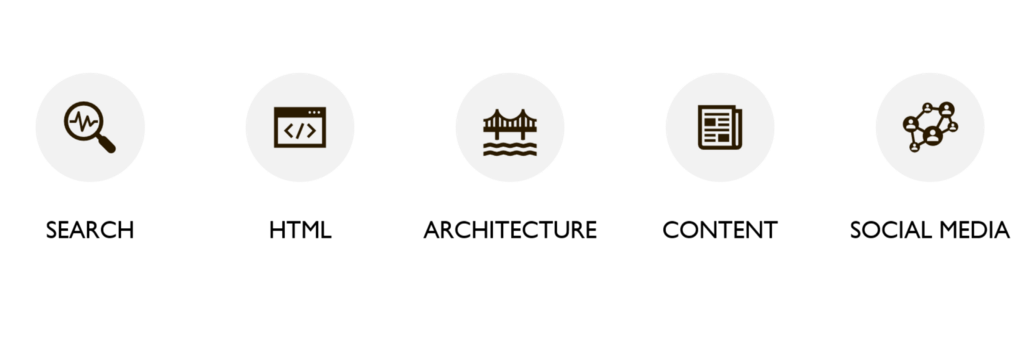
Search
I have googled all museums using the phrase: “national museum [city/country]” and additionally I have used voice search (with an Android phone). Not surprisingly, all the museums were listed as a first or second result. They all had knowledge panels (the description of the place in the right side of the page), but not rich snippets (enhanced description of a search result with e.g. a thumbnail image). The results linked to the main page, except for the National Museum in Kraków, which surprisingly links to the “Plan your visit” page.
The best impression made Hungarian National Museum — it had nice, but short description, links to the important pages and welcoming title. It missed a rich snipper, but the recommendation for all websites should be one: to be a Hungarian National Museum (only with rich snippet!).
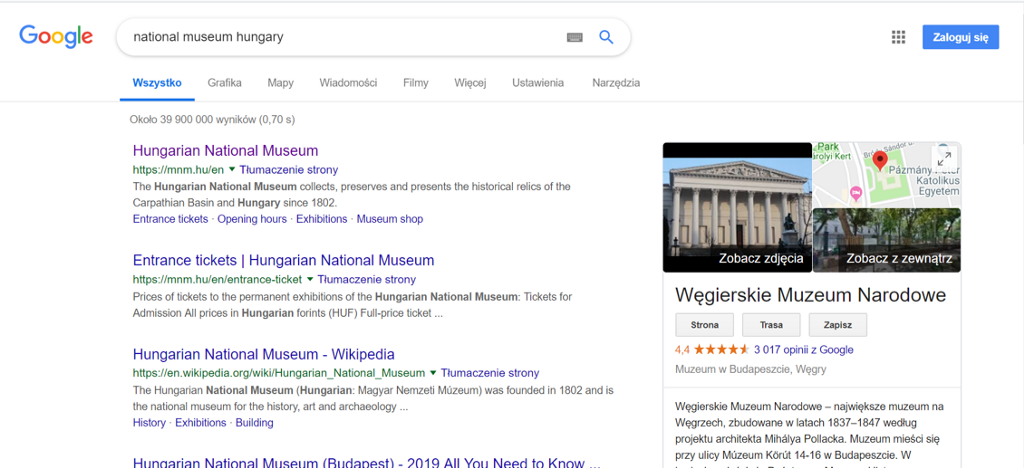
Content
The websites offered real value content, which was unique, different and useful. They had a professional look and feel. However, it was obvious that the content in the national language was updated more often than the content of the website in English. It is especially visible in case of the National Museum in Warsaw, where in the English version of the website, only one exhibition was planned. While switching to the Polish version of the website, two additional exhibitions appeared. It is recommended to update the English versions of websites regularly as this delay limits the international impact of the museum and the numbers of potential visitors.
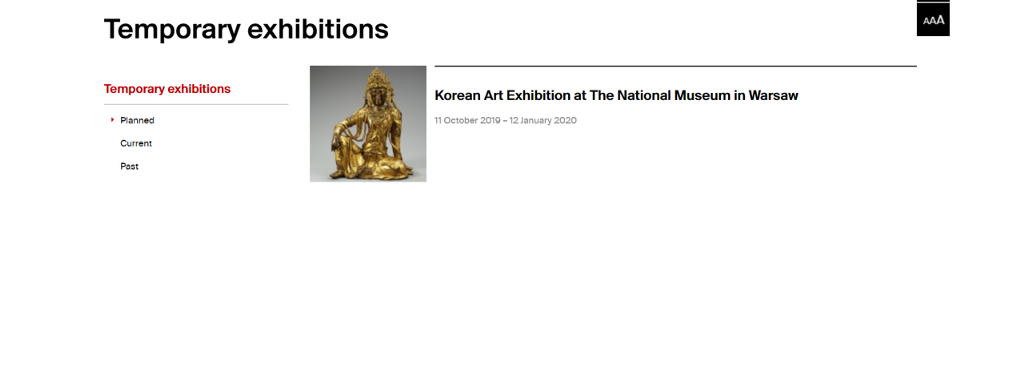
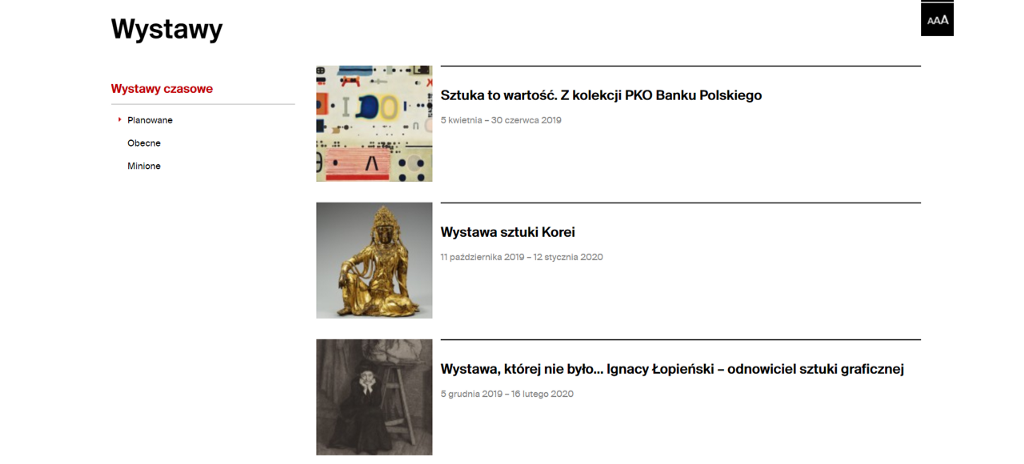
Information Architecture
While investigating websites architecture, I have looked into their mobile-friendliness. The Slovak National Museum did not have a mobile friendly website, which surprised me, as I believed that this is already a standard. Polish museums did not use the secure connection (“https”), which again did not follow modern standards.
Additionally, all websites encountered problems with their architecture. None of them used Schema.org and AMP. Schema.org is a schema for structured data allowing search engines to understand more of it. AMP is an acronym for Accelerated Mobile Pages, a website publishing technology aiming to enhance user experience on mobile devices. The Museums did not use Robots.txt file neither XML sitemap. Robots.txt file “informs” search engines not to crawl through certain pages and XML sitemap facilitates the work of search engines to index the website content.
Even though none of these issues prevent users from using the website, they definitely recommend their experience and therefore I would suggest to improve the website architecture and add missing elements. Especially mobile-friendliness is a crucial in a world, where more and more users use mobile phones to research the information about museums.
HTML
HTML is another category, in which all websites encountered issues. Similarly to mobile-friendliness, many issues concern the website accessibility. Used images were not described, which severely affects people using text-reading devices. In the case of Polish websites, the page titles were longer than 65 characters — search engines display only up to 65 characters in a title tag. The headings were very randomly used.
However, all websites had unique page titles, which is the most important signal for search engines to understand the website content. Usually their URLs were descriptive (without numbers) and there was some meta description (even though usually very general).
HTML is crucial for SEO and there is still huge room for improvement for all of the Museums. I would especially recommend to focus on the description of images, which are indisposable part of the museums’ websites.
Social Media
I have to gladly say, that all Museums are experts in Social Media. They all use them and in the majority of the Museums, the links to Social Media are clearly visible — there is only one notable exception: National Museum in Kraków, where finding the link to Social Media required a bit of investigation.
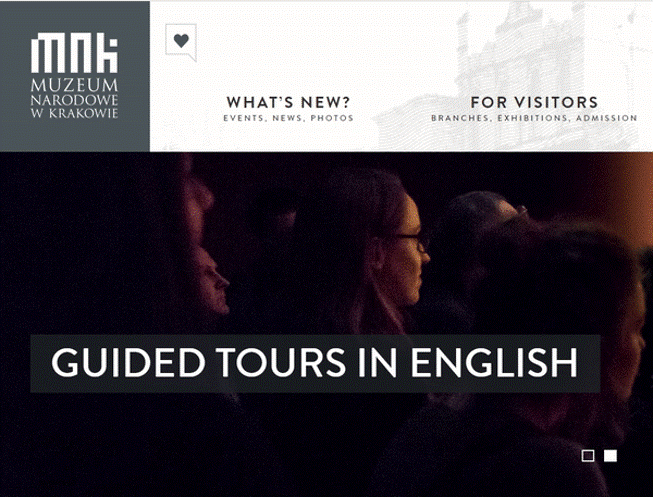
Reflection
The work on this assignment was a pleasure — I had gone through 5 incredible websites offering the glimpse to the art of four different countries. These websites are also the window for all international travelers and it is important to keep this window as open as possible — easy to look for, easy to access. SEO optimization definitely helps to achieve this aim. All Museums already did a great job in uploading the content, making it attractive. It is only necessary to introduce minor changes improving user experience.
SEO Audit — 5 national museums in Central Europe: Poland, Czech Republic, Slovakia and Hungary was originally published in Museums and Digital Culture – Pratt Institute on Medium, where people are continuing the conversation by highlighting and responding to this story.